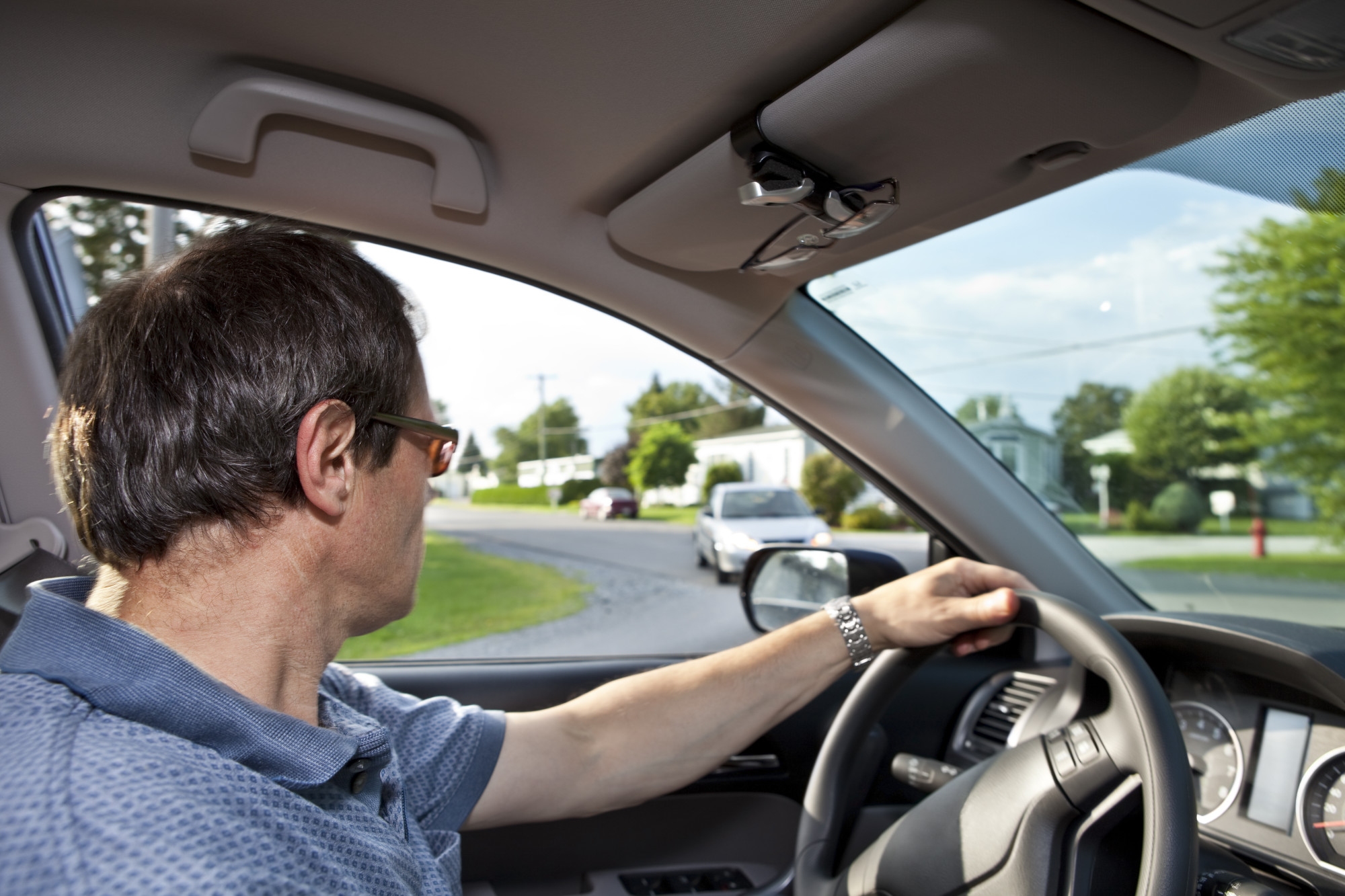Are you looking to take a driving test soon?
Learning to drive is stressful, especially when having to learn how to do a 3 point turn. Next to parallel parking, it’s the one maneuver most students get most nervous about. The good thing is that it isn’t as hard to learn as you’d think.
All you have to do is break it down into steps and practice it. A good stress-freed environment helps, as do driving lessons ponteland, or elsewhere, taught by expert teachers. Since 3 point turns are also a vital skill for everyday driving, you’ll also be thankful you learned it.
Want to know how to do a 3 point turn and ace your test? Read on to find out more!
Contents
Knowing About the 3 Point Turn
Before you can start preparing for your driver’s test, you need to know these questions. What is a 3 point turn, and why do you need to learn it? The 3 point turn is a vital skill that every driver needs to know.
People sometimes call it a K turn or a Y turn, and sometimes even a broken U-turn. There are many ways to symbolize or visualize it, but it’s pretty basic to understand.
The 3 point turn allows you to turn the car around in a tight space. You drive the vehicle forward to one side before reversing and pulling the wheel to the other side. The final step is putting the car in drive and spinning the wheel back to the initial forward side.
If you do this right, you’ll be able to have your car 90 degrees from where you started by the end of step 2. With step three, you turn the wheel and drive back the way you want to go. You might think you won’t use this skill that often, but that isn’t the case.
Where and Why You Need 3 Point Turns
Every driver will find themselves in a situation where they can’t turn the car around any other way. Imagine driving down a dead-end street without realizing it until it’s too late. There’s no room to do a U-turn, and reversing down the street is dangerous.
You’ll have multiple blind spots if you have to reverse the entire way. You might have to back up into oncoming traffic, which is also sketchy. The 3 point turn saves you from that and can also come in handy in several other situations.
Not every street has an exit or ends in a cul-de-sac. You might end up in a tight parking space or lot where you don’t have a choice except to go for some variant of a 3 point turn. Alongside parallel parking, the 3 point turn is one of the most important skills you’ll need as a driver.
In fact, you can argue that you’ll need to use the 3 point turn far more often than parallel parking. The sticky situations it can get you out of are endless, so it’s worth learning and practicing even without the exam.
Breaking It Down
Learning to do a 3 point turn is more complicated than many give it credit for. It’s about more than spinning your wheel and alternating between forward and reverse. You need to be aware of spacing, timing, and the hazards around you.
This maneuver requires confidence, care, and a good judge of distance and depth perception. Breaking it up into parts or steps can help you practice and master the process as well as the technique.
Analyze the Situation
The first thing you have to do before thinking about a 3 point turn is to analyze the situation. Look around to see what is around you, and try to judge how much space you have. Although the 3 point turn is a great way to turn around in a tight spot, you might not have room to pull it off in only 3 moves.
As impressive as turning around in an even tighter space is, 3 point turns are a specific maneuver. Taking extra steps won’t help you pass a driving test.
Look around your car for oncoming or surrounding traffic. Check your rear and side mirrors, and do constant shoulder checks. Note any obstacles or hazards as well.
These include parked cars, garbage bins, severe potholes, poles, and ditches. You want to give yourself as much room and space as you can to pull the 3-point turn off without hitting anything.
Move into a Good Position
Once you’ve taken stock of what you have to work with, choose a good spot to do the turn. If you can drive a little forward or reverse to find a better spot, then do that. You want to be able to turn forward to one side as far as you can go before reversing to the other side as far as you can go.
Make sure to help yourself with your positioning. If the road is wide enough or has a shoulder, try to position your car to that far side.
Pay attention to any ditches or slopes when trying to squeeze out that extra room. It’s good practice to signal your intention to stop on the side with a turn signal. Your instructor will look for you to do that.
Executing the 3 Steps to a 3 Point Turn
After you’ve positioned yourself, do another round of mirror and shoulder checks. You’ll want to pay attention to traffic the entire time. When you’re certain you have the timing and the space, turn the wheel to the side opposite of where you stopped.
Make sure you signal your intention to turn as you go forward. Checking for traffic again, move forward with your wheel turned until you run out of safe space to go. Don’t hit any objects, and be mindful of the curb.
You don’t want to bump the curb unless you can help it, and you don’t want to risk scraping your front bumper on it either.
Once you’ve run out of room, slide into reverse. Turn your wheel all the way the other way, signal again, and check for traffic. When safe, reverse with the wheel turned in the direction you want your rear to be when you are ready to leave.
Be extra careful during this step, as it can be hard to gauge hazards behind you. Ditches, poles, fences, parked cars, and mailboxes have ruined many people’s days here. Once you have run out of room to reverse in, move the vehicle into drive and signal again.
Turn the wheel as far as you can towards the direction you want to drive off in, then drive forward. Make sure you are paying attention to traffic and applying the proper signals at every step of this turn.
Practicing in the Right Places With the Right Teachers
Reading about doing a 3 point turn is one thing, but you actually have to practice it. It’s a good idea to choose a spot with minimal hazards and without traffic. An empty school parking lot is a good example.
If you want, you can set up orange traffic cones to act as barriers or “walls.” This will allow you to get a feel for how much space your vehicle needs to complete a clean 3 point turn. You won’t have to worry about hitting other cars or being in the way of traffic, so the pressure is off.
As an added challenge, use additional cones with or without flags to simulate hazards. Change up the distances and positions to expose yourself to multiple possibilities. Once you feel ready, you can try out your skills in the real world.
Make sure to pick a less crowded street or dead-end which is wide enough to practice on. Remember to analyze your surroundings and position yourself for success. It helps to choose a street with driveways and practice not having to use them to complete your turns.
In the real world, you’ll take any help you can get, but when you practice, pretend like the driveways aren’t there. You can also use the driveway as an escape plan if you get frustrated or run out of practice time before you master it.
Consider Expert Teachers
The right teachers can make all the difference when learning how to do a 3 point turn. They can help you set up and choose obstacles and give you real-time advice while you practice. Going with your parents or trusted family friend can be relaxing, but instructors are also a good bet.
Many instructors who offer driving lessons have first-hand experience with the exams. They know what the instructors will look for and can give you advice for both the exam and real-world driving. Places like https://www.g1course.com/ are a good place to start to find experts to help you.
Learning How to Do a 3 Point Turn
Learning how to do a 3 point turn isn’t as hard as many think. As a maneuver, you can break it down into steps and practice them until you get it right. You need to be aware of how much space you have, the dangers around you, and how you need to turn.
Everything else is about feeling comfortable while you practice so you can learn. If you need more on learning to drive, then don’t hesitate to check us out. We have plenty more articles for you to look through.



